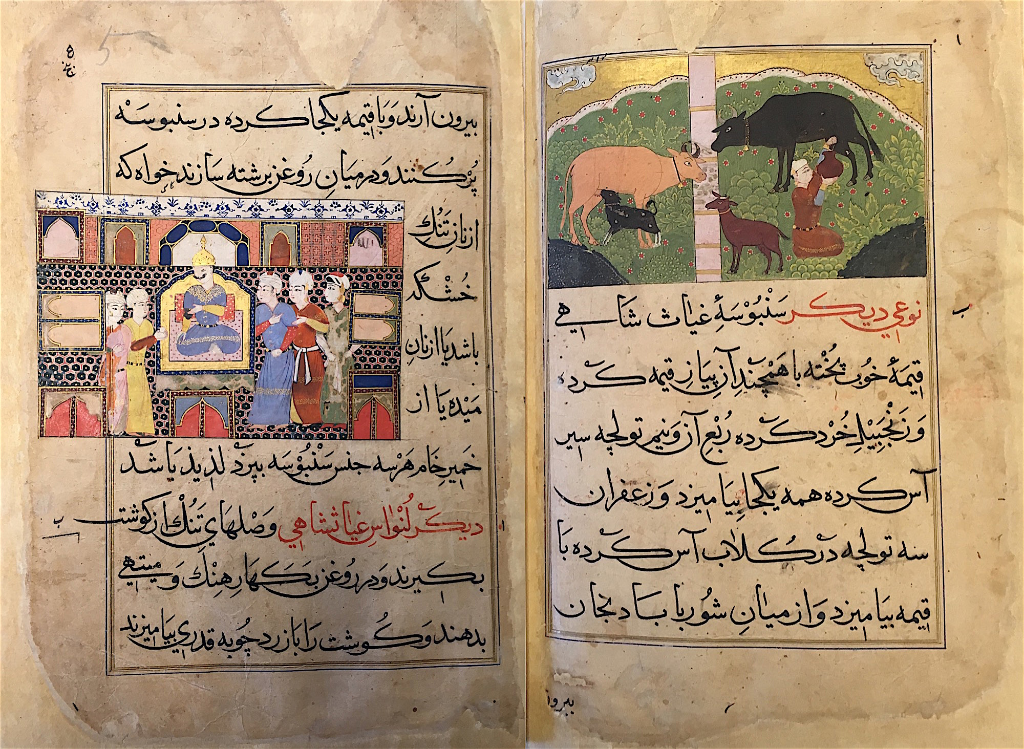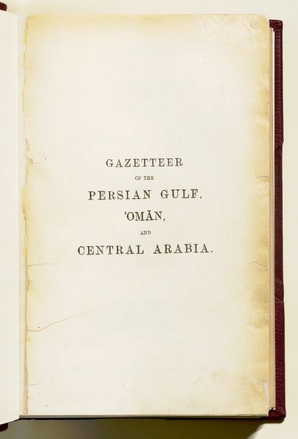"New ways of doing things are often intellectually messy, if only because nobody
has had the time yet to work out the bugs."
|
Silver, Larry & A. Levine, David. (2006). Larry Silver and David A. Levine. Essay on ""Quo Vadis, Hagia Sophia?" Art History's Survey Texts.". Caa.reviews. . 10.3202/caa.reviews.2006.134.
0 Comments
"technological tools are generally developed in response to certain problems and agendas. As a result their design and maximum functionality is tied to their original aim. Tools also emanate from a cultural context. Their aims reveal what the toolmakers conceptualized as a problem, and what a desirable solution looked like. Thus, technological tools carry a number of embedded assumptions, which in turn can be scrutinized for the aims and cultural values that gave rise to them and that they reinforce. Put another way, they embody a set of cultural values." Hussein Keshani, “Towards digital Islamic art history.” Journal of Art Historiography, no. 6 June 2012, 11-12.
(original sources: Andrew Feenberg, ‘Can Technology Incorporate Values? Marcuse's Answer to the Question of the Age’, conference paper delivered at The Legacy of Herbert Marcuse, University of California – Berkeley, 7 November 1998; Mary Flanagan, Daniel C. Howe and Helen Nissenbaum, ‘16 - Embodying Values in Technology: Theory and Practice’, in Jeroen van den Hoven, ed., Information Technology and Moral Philosophy, Cambridge: Cambridge University Press, 2008, 322-53.) John Gordon Lorimer, was an official of the Indian Civil Service, most of whose career had been on the North West Frontier. In November 1903 he was placed on special duty for a period of six months to compile the Gulf handbook. Lorimer was a conscientious worker with an obsessive appetite for detail. For the next ten years, aided by a small group of equally dedicated researchers, he worked systematically through the government archives in Bombay and Calcutta, carried out field trips and surveys in the Gulf and repeatedly petitioned the Government of India to extend his appointment in order to allow him to complete the work thoroughly. The Government of India acceded to his requests with a far-sightedness for which historians should be grateful, noting that Lorimer´s ´zeal and industry have enabled him to accumulate a mass of fresh information ... and the Gazetteer will amply justify the amount of time and labour spent on it´." 1 "On the morning of Sunday 8 February 1914, John Gordon Lorimer, the officiating British Resident in the Persian Gulf at Bushire, retired to his dressing room to ascertain the exact calibre of his automatic pistol as he wished to order cartridges from Bombay. He was later found lying on the floor, dead, at the age of forty-three, from a self-inflicted gunshot wound." 2
The book was declassified in 1955. 4 1. Cambridge Archive Editions, "Gazetteer of the Persian Gulf, Oman and Central Arabia," Retrieved Sep 4, 2016.
2. Daniel A. Lowe, "'Persian Gulf Tragedy': the Death and Legacy of John Gordon Lorimer," Qatar Digital Library, Retrieved Sep 4, 2016. 3. Cambridge Archive Editions, Gazetteer of the Persian Gulf, Oman and Central Arabia, http://archiveeditions.co.uk/titledetails.asp?tid=2, retrieved Sep 4, 2016 "To explore the possibilities of both commerce and conquest Peter dispatched to Iran a young, bright official, Artemii Volynskii, who was given written instructions to note, when passing through the possessions of the Shah, everything about harbours, towns and settlements, and especially about rivers that flow into the Caspian; then in Peter's own hand was added, "and how far along such rivers can one sail from the sea, and whether there is a river that flows into that sea from India"." Avery, Peter, Gavin Hambly, and C. P. Melville. The Cambridge History of Iran. Vol. 7 (Cambridge: Cambridge University Press, 2008), 315.
Portugal, Venice, Cairo, and India in the early sixteenth century: Battle of Chaul (1508)11/9/2015
Long story short, Venetians asked Mamluks of Egypt to attack the Portuguese-Indian city of Chaul on the western costs of the Indian Peninsula!! This is just too much to take for the sixteenth century! or I assumed it is too much to swallow! amazing!
|
AuthorI am Nader Sayadi, a researcher and educator in architecture who studies and teaches built environment and material culture history. I am also an architectural designer and historic preservationist. This is where I would like to share my thoughts about my interests in the related fields. Archives
September 2017
CategoriesMy places of Interest
|


 RSS Feed
RSS Feed
